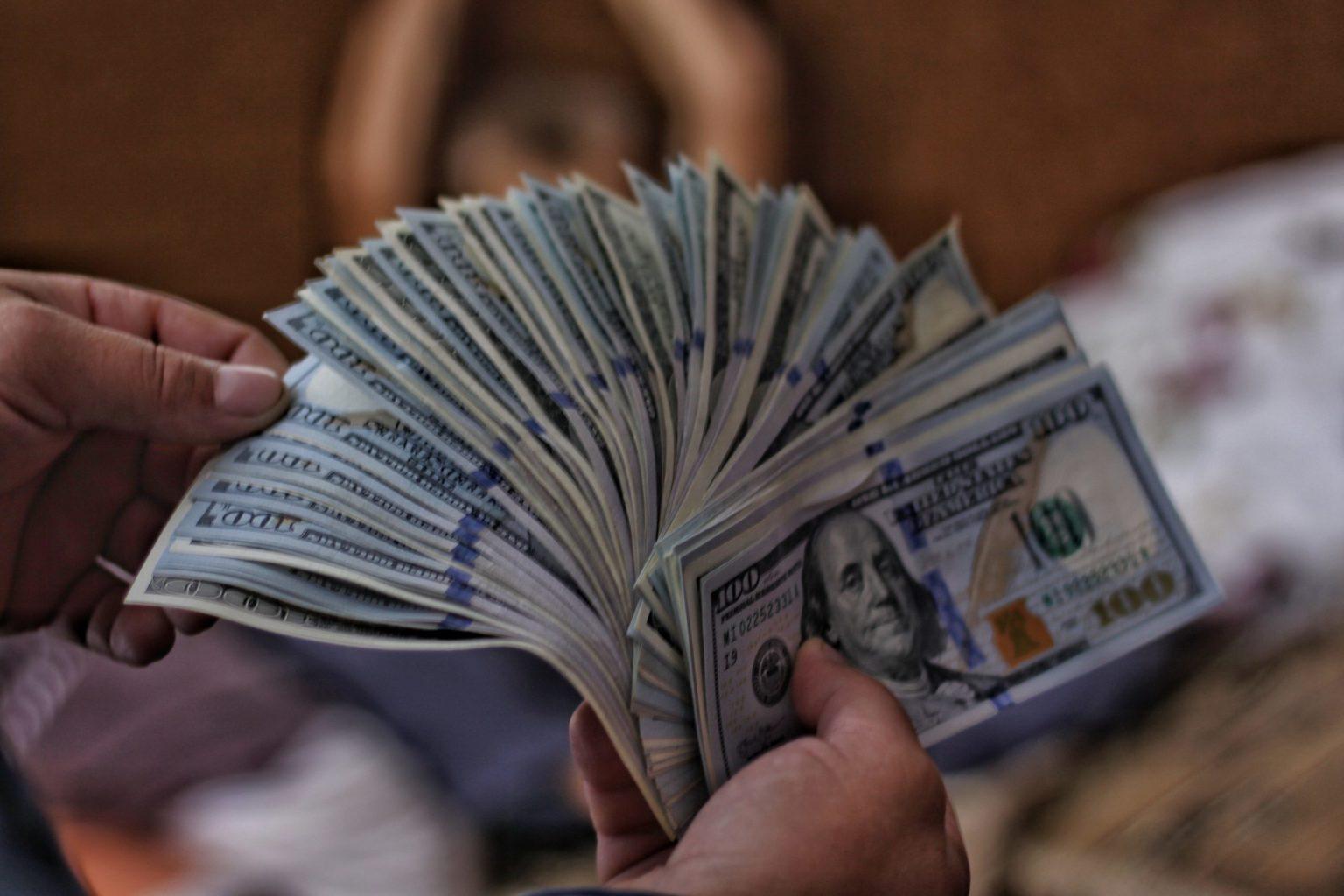This website is strictly for educational purposes and is not intended to provide specific legal, financial, or tax advice. Phil Cannella and Joann Small are licensed professionals in the insurance industry. Crash Proof Retirement, LLC. does not recommend or sell securities to anyone at any time. Any interviews conducted by Retirement Media, Inc ®. published on this website are not to be considered endorsements. Crash Proof Retirement, Crash Proof Retirement Show, and Retirement Media, Inc. ®, and all related uses, are federally trademarked with the United States Patent and Trademark Office. Any company or individual found violating these federal trademarks will be vigorously pursued through all available legal avenues and penalized to the fullest extent of the law. © 2024 Crash Proof Retirement, All Rights Reserved.

The Impact of a Second Stimulus Package
- July 31, 2020
- Phil Cannella
- Blog
- 0 Comments
In the early days of the COVID-19 pandemic, businesses all over the country were forced to close, leaving millions out of work indefinitely. As Americans struggled, Congress passed the CARES Act, an economic relief and stimulus bill aimed at boosting the economy and keeping small businesses running until the pandemic was over. Of course, initial estimates about when the pandemic would end proved to be optimistic. Now that COVID-19 is sticking around longer than expected, Congress realized a second stimulus would be necessary.
While the details of a second stimulus package are far from being finalized, both the House and Senate have proposed their own versions of a relief bill. Each contains varying amounts in direct payments to most Americans, aid for those with dependents, expanded unemployment benefits, federal loans for business owners, and other special relief measures. No matter what the contents of the finalized stimulus package may be, it is likely to have a profound effect on the overall economy, as well as the retirement accounts of millions of people in or near retirement. To predict the impact of a second stimulus, we can look back to the results of the CARES Act.
Economic Impact of the CARES Act
When the CARES Act was passed, most Americans were slated to receive a $1,200 direct payment and millions of others qualified for unemployment benefits of $600 per week in addition to their regular unemployment compensation. Thanks to increased consumer spending, major stock indices quickly regained the ground they lost during pandemic shutdowns. While this recovery was promising, it was a long way from the “V-shaped” recovery predicted by many economists. Stock market numbers may have improved, but many Americans continued to struggle without jobs. It’s also important to note that many Americans had to wait weeks or even months to receive their direct stimulus payments. In addition, the sudden influx of unemployment claims bogged down state and federal labor departments, making it more difficult to file.
The HEROES and HEALS Acts
The House’s version of a second stimulus, known as the HEROES Act, is fairly generous. It authorizes $3 trillion in spending that includes another round of $1,200 direct payments, $1,200 each for up to 3 dependents (including adult dependents who were not able to be claimed under the CARES Act), hazard pay for essential workers, and, perhaps most importantly, an extension of the $600-per-week Federal Pandemic Unemployment Compensation.
The Senate has dubbed their relief bill the HEALS Act, and it authorizes $1 trillion in spending, significantly less than what was enumerated in the CARES Act. This bill includes $1,200 direct payments, $500 each for up to 3 dependents (adult dependents included) and reduced federal unemployment benefits of about $200 per week. Each bill contains other forms of relief, but monetary stimulus measures are the ones most likely to have a direct impact on the economy. With the infrastructure for the first stimulus already in place, it also seems likely that any problems related to the timing of stimulus checks and unemployment claims would be ironed out at this point.
At present time, the stock market has enjoyed months of being pumped up by monetary stimulus; with the $600-per-week federal unemployment benefit outlined in the CARES Act scheduled to end, stock market gains could potentially be erased overnight. Continuing the benefit at the same level may be a good solution, despite some in Congress arguing that it encourages Americans to remain on unemployment rather than going back to work. They’ve claimed that reducing the federal benefit would encourage more Americans to return to the workforce. Regardless, direct cash payments are likely to spur economic activity, and may smooth the transition from the CARES Act to a second stimulus package. Of course, if the pandemic still remains when the next stimulus bill expires, we could end up right back where we started.
It can be impossible to predict future economic performance, but the volatility of the stock market indices during stimulus negotiations show exactly how risky it is to be invested in the stock market, especially if you’re in or near retirement. A breakdown in negotiations, or the expiration of unemployment benefits could easily trigger a market crash, wiping out the retirement savings of millions. Luckily, you don’t have to place yourself at-risk on the whims of the stock market. You can invest in alternative products outside the securities industry that guarantee to protect your nest egg during a market crash. To find out more, tune in to the Crash Proof Retirement Show or get in touch with Crash Proof Retirement today!
It should also be noted that it took weeks, some even months before they saw their direct payments and it was difficult for people to file for unemployment during the Cares act because of the sudden skyrocketing in unemployment claims. Second stimulus probably won’t be as bad when it comes to either of the aforementioned points.


Leave a Reply
You must be logged in to post a comment.